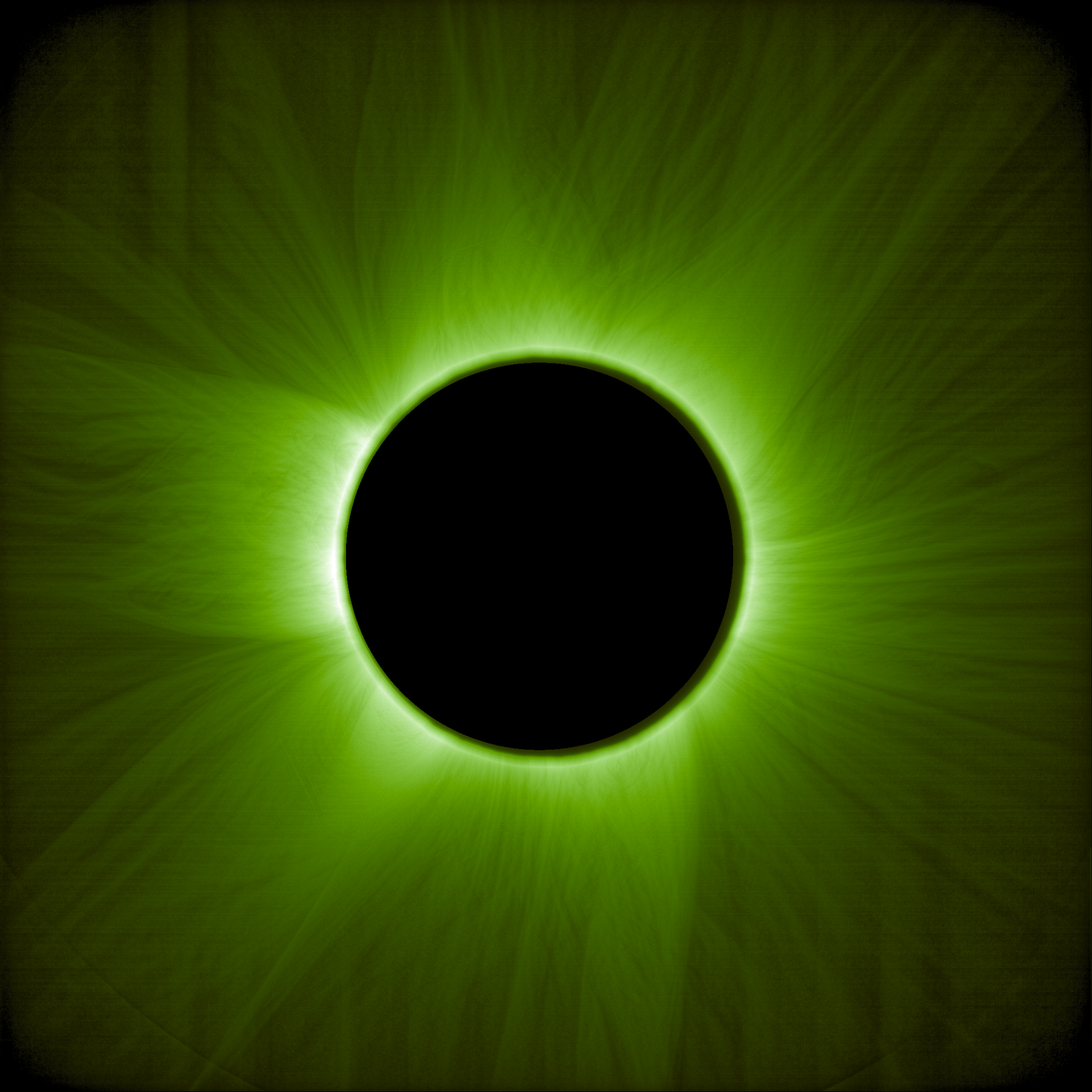Key Takeaways
- The European Space Agency’s Proba-3 mission has captured its first images of the Sun’s solar corona using innovative formation flying technologies.
- Proba-3’s two spacecraft can create artificial solar eclipses, providing clearer observations of the corona and valuable data for solar research.
- The mission, launched in December 2024, showcases unprecedented precision in spacecraft navigation and positioning, enhancing our understanding of solar phenomena.
Proba-3 Captures First Images of Solar Corona
The European Space Agency’s Proba-3 mission has achieved a significant milestone by capturing its first images of the solar corona, the Sun’s outer atmosphere. Utilizing two satellites that function as a single spacecraft, Proba-3 created the first ‘artificial total solar eclipse’ in orbit. This groundbreaking method showcases the mission’s advanced formation flying capabilities, which will enhance scientific understanding of the Sun.
In March, Proba-3’s Coronagraph and Occulter were able to maintain a distance of 150 meters apart with precision down to a millimeter, achieving autonomous formation flying without ground control. This successful alignment allows the Occulter to cover the Sun’s bright disc, enabling the Coronagraph’s ASPIICS instrument to capture unobstructed images of the solar corona, critical for studying solar wind and coronal mass ejections (CMEs) that can disrupt Earth’s communications and navigation systems.
The ASPIICS instrument, developed by an industrial consortium in Belgium, plays a pivotal role in this mission. By reducing stray light levels, it can observe fainter features of the corona, which is a hot plasma layer reaching temperatures over a million degrees Celsius—much hotter than the Sun’s surface. Joe Zender, Proba-3 project scientist, highlighted that the combined data from ASPIICS and another onboard instrument, the Digital Absolute Radiometer (DARA), will help explore outstanding questions about solar activity.
Additionally, Proba-3’s unique ability to simulate solar eclipses is generating new avenues for computer models that simulate the solar corona. These models, developed by various European institutions, will now have a wealth of observational data to refine simulations previously reliant on rare natural solar eclipses. Jorge Amaya, Space Weather Modelling Coordinator at ESA, noted that the mission will significantly update existing coronagraph technology, allowing scientists to observe the solar corona near the solar surface.
Andrei Zhukov, Principal Investigator for ASPIICS, expressed excitement over the immediate success of the mission, which achieved its first observations on the initial attempt. Proba-3 is also working towards extending observation time to six hours per orbit, providing an unprecedented opportunity to study solar phenomena.
The mission’s management team emphasized that Proba-3’s precise formation flying has already produced invaluable images for the scientific community. Currently in its commissioning phase, the mission aims to achieve full operational autonomy, eliminating the need for routine ground monitoring.
Launched on December 5, 2024, from India, Proba-3 is a collaborative effort involving over 29 companies across 14 countries, showcasing Europe’s commitment to advancing space technology and solar research. This mission represents a leap forward in understanding solar dynamics and their impact on Earth, making Proba-3 an exciting frontier in space exploration.
The content above is a summary. For more details, see the source article.















